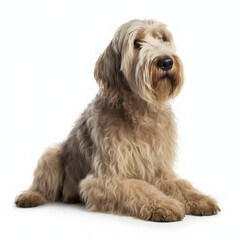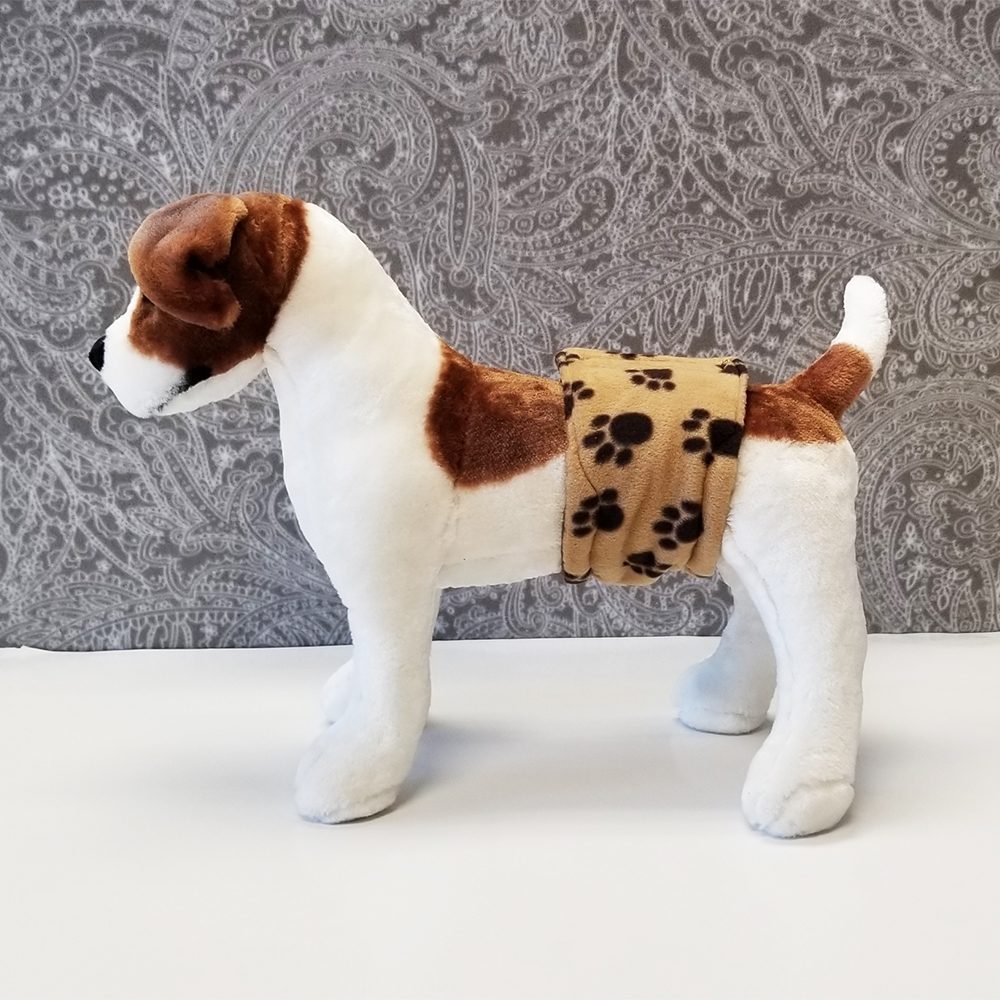Otterhound

Otterhound: The Rare and Amiable Water Enthusiast
Welcome to the comprehensive guide on the Otterhound, a breed known for its unique appearance, amiable nature, and exceptional swimming ability. This page delves into the world of the Otterhound, a large and rare breed originally bred for hunting otters in England, celebrated for its keen sense of smell, friendly demeanor, and distinctive shaggy coat, making it a fascinating and affectionate companion.
Overview
AKC Height: Males: about 27″; Females: about 24″
AKC Weight: Males: about 115 pounds; Females: about 80 pounds
Colors: Any color or combination
Life Expectancy: 10-13 years
Group: Hound Group
_____________________________________________
Physical Characteristics
- Distinctive Shaggy Coat: Otterhounds are recognized for their dense, waterproof double coat, which is slightly oily and rough to the touch, offering protection in water. Their coat comes in a variety of colors, including grizzle, wheaten, and black and tan.
- Robust and Athletic Build: With a strong, muscular body, webbed feet, and a deep chest, they are well-adapted for their historical work in water. Their large, expressive eyes and long, drooping ears add to their endearing and rugged look.
Temperament and Personality
- Friendly and Sociable: Otterhounds are known for their affable and outgoing personality. They are friendly with people and other dogs, making them great family pets.
- Intelligent and Independent: These dogs are intelligent with a marked independent streak, which can sometimes be a challenge during training. They are quick learners but require engaging and consistent training methods.
- Energetic and Playful: As a breed with a working background, Otterhounds possess a good amount of energy and enjoy outdoor activities, especially swimming and scent-tracking games.
Training and Exercise Needs
- Training: Early socialization and obedience training are crucial for Otterhounds. They respond best to training that includes variety and positive reinforcement.
- Exercise: They require regular, vigorous exercise to satisfy their physical needs. Activities like long walks, swimming, and playing in a secure area are ideal.
- Mental Stimulation: Mental engagement through training exercises, scent work, and interactive play is important to keep their active minds stimulated.
Health and Nutrition
- Diet: A balanced diet suitable for a large, active breed is essential. Regular veterinary check-ups can help maintain their health.
- Health Issues: Generally robust, Otterhounds can be affected by hip dysplasia, epilepsy, Von Willebrand’s disease. Regular health screenings are advisable. Dog Health Dictionary
Grooming and Care
- Coat Maintenance: Their shaggy coat requires regular grooming to prevent matting and maintain its condition. This includes routine brushing and occasional professional grooming.
- General Care: Basic care practices, such as dental hygiene, nail trimming, and ear cleaning, are important for their overall health.
Living with an Otterhound
- Family Compatibility: They are excellent with families, known for their gentle nature with children and other pets.
- Adaptability: Otterhounds adapt well to various living environments but thrive best with space for exercise and exploration.
- Companionship: They form strong bonds with their owners and enjoy being part of family activities, especially those involving outdoor adventures.
Responsible Ownership and Adoption
- Selecting a Breeder: Choose breeders who prioritize health, temperament, and adherence to breed standards.
- Adoption Options: Considering adoption from shelters or breed-specific rescues is a commendable choice for providing a home to an Otterhound in need.
.
Conclusion: The Otterhound, with its distinctive coat, affable personality, and love for water, is an ideal breed for those seeking an energetic, intelligent, and affectionate companion. Their friendly disposition and adaptability make them a cherished member of many households.
Housebreaking
PUPPY HOUSEBREAKING tips: https://www.dog-breeds.net/puppy-housebreaking/
ADULT MARKING AND RETRAINING tips: https://www.dog-breeds.net/dog-housebreaking-marking-page/



